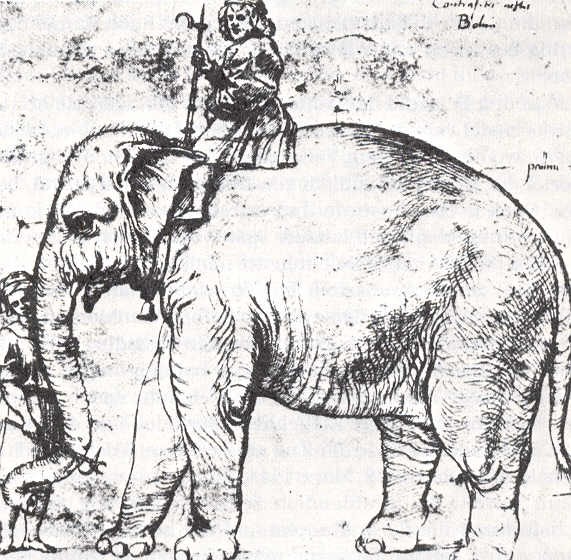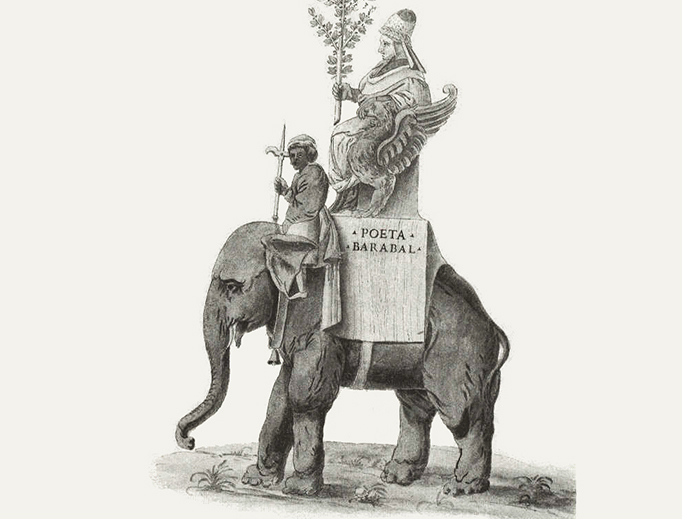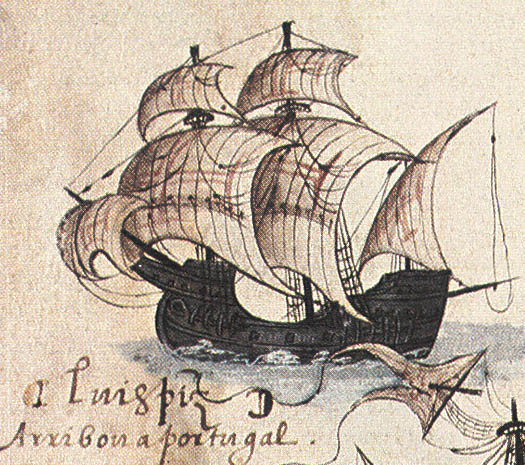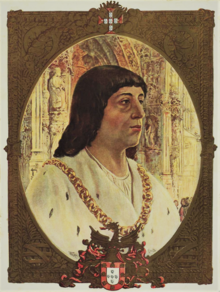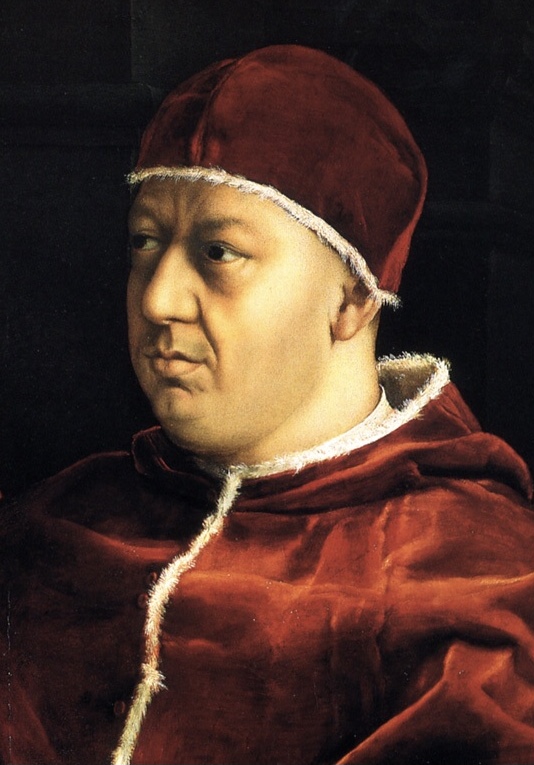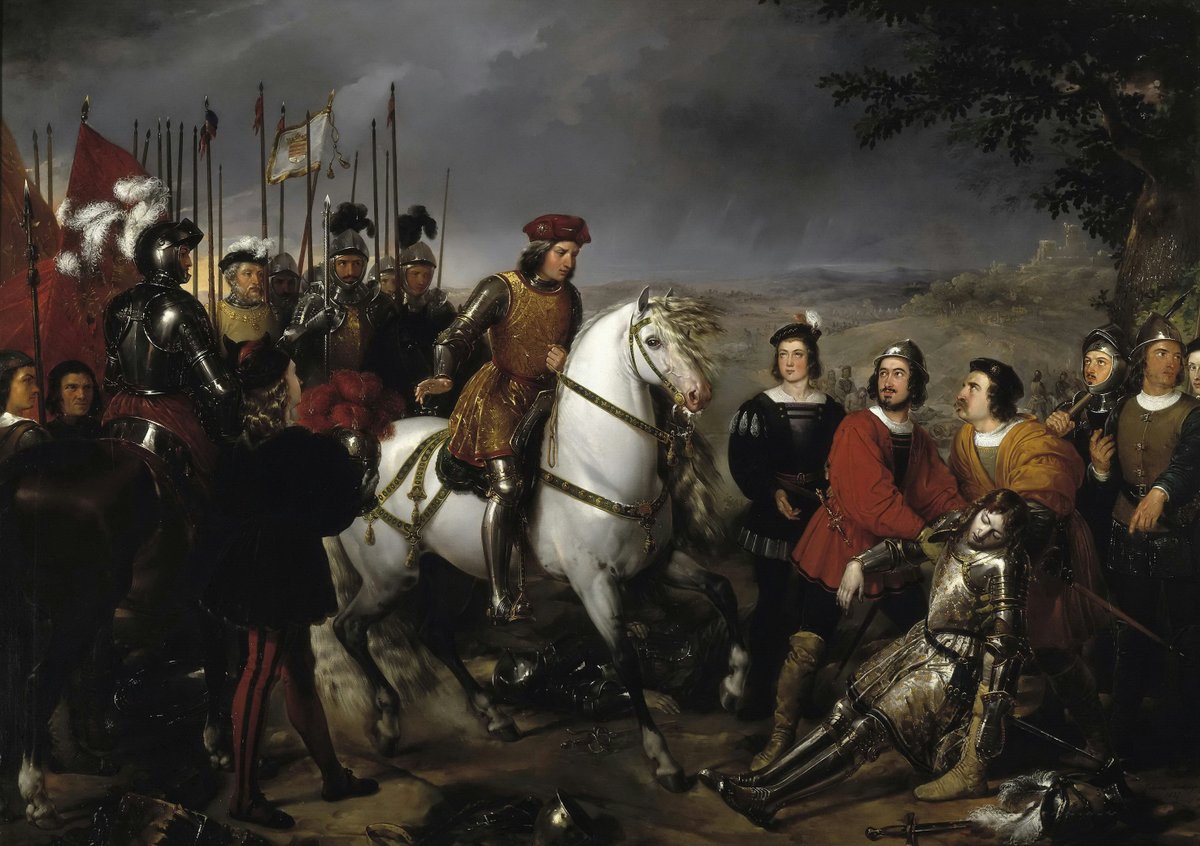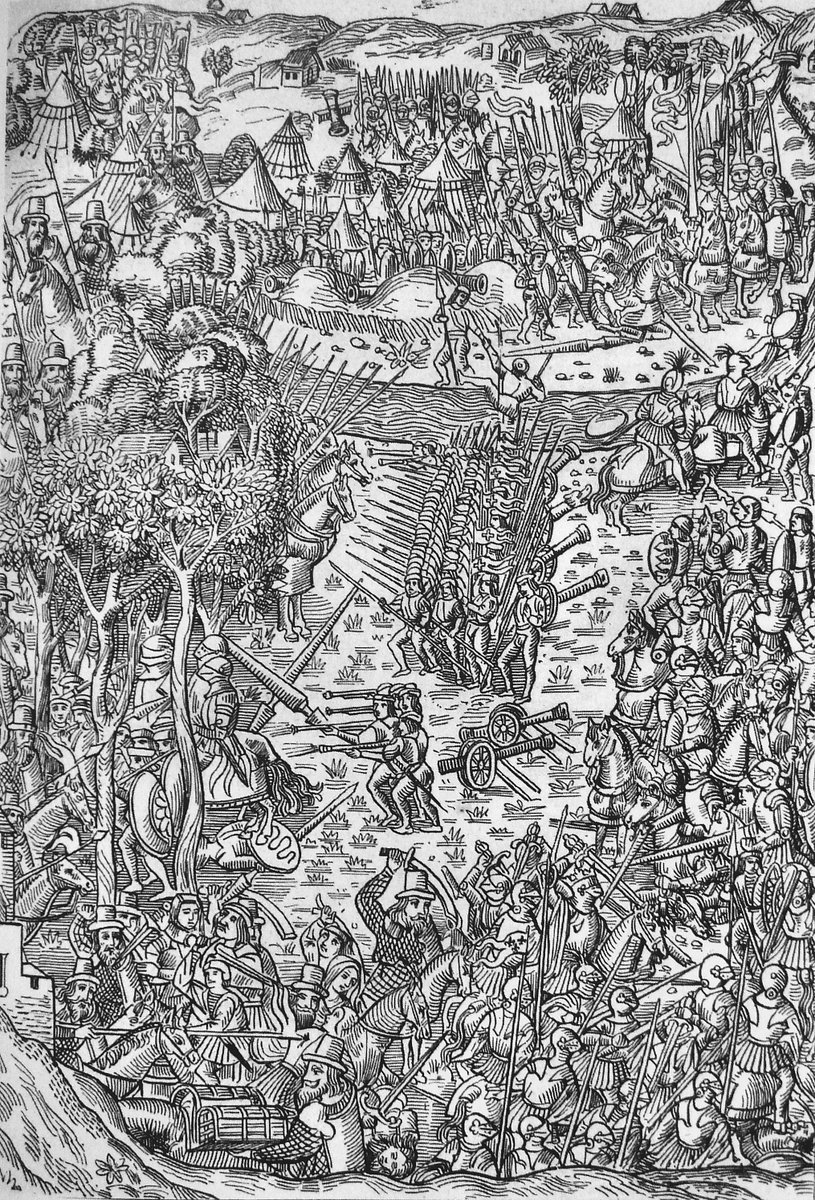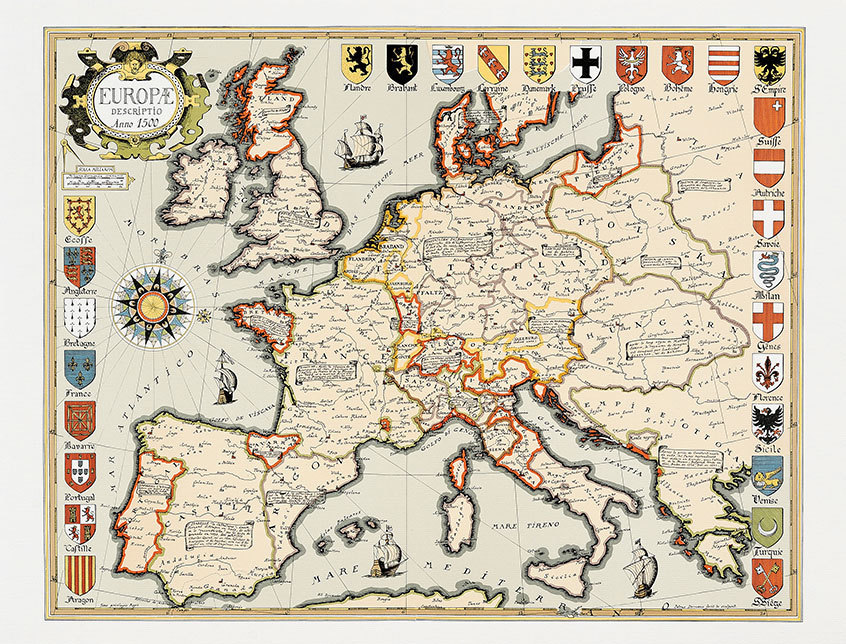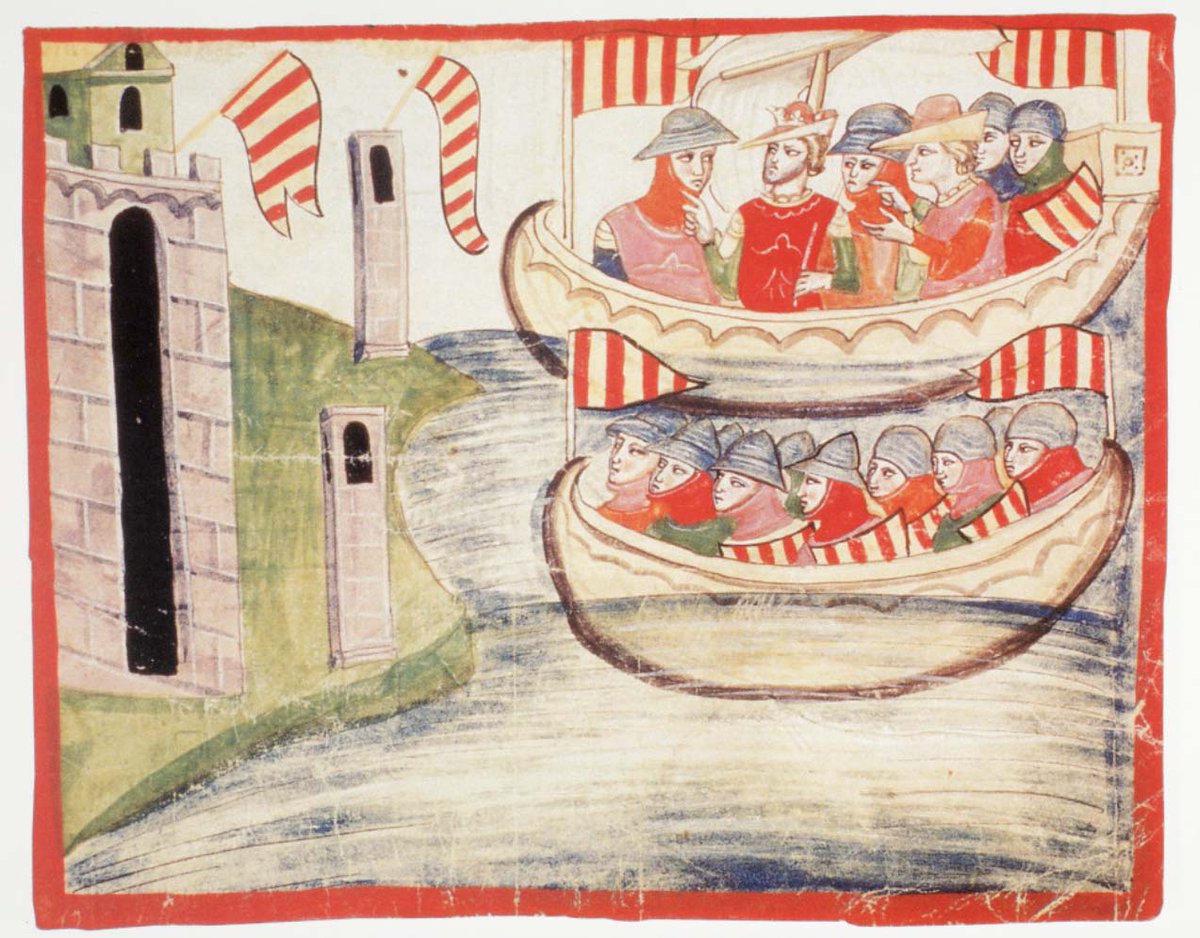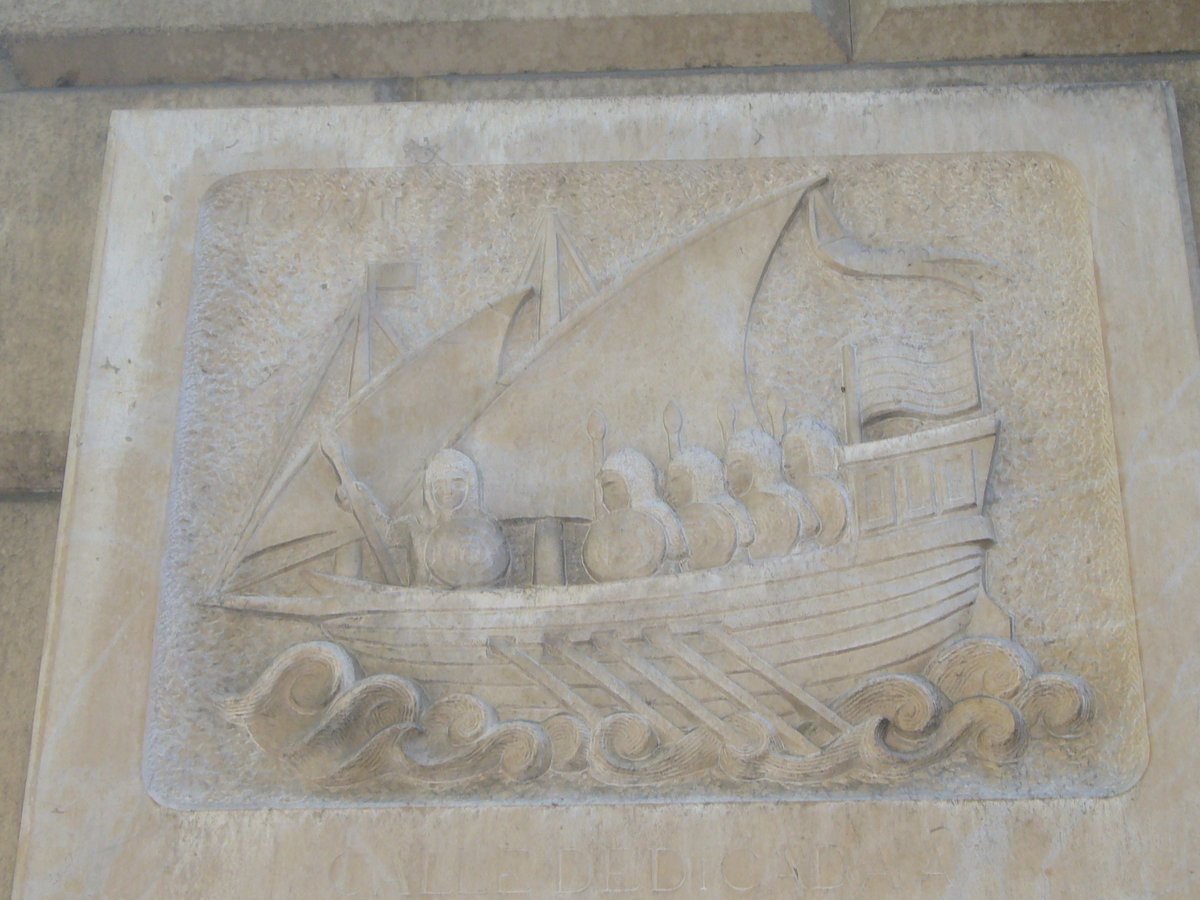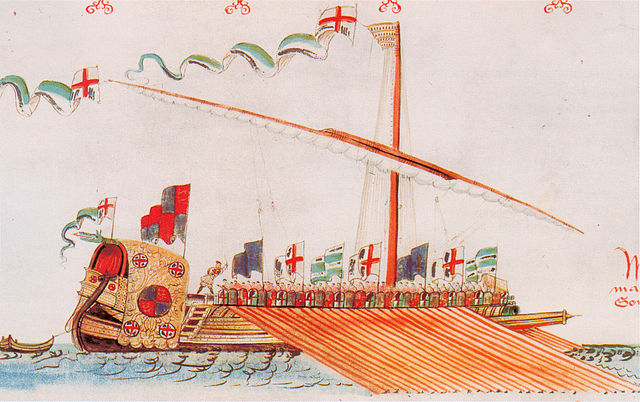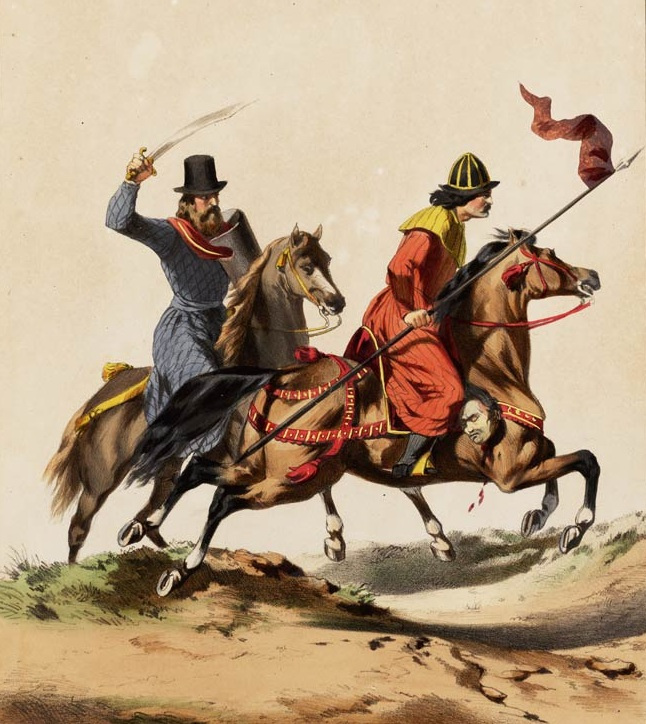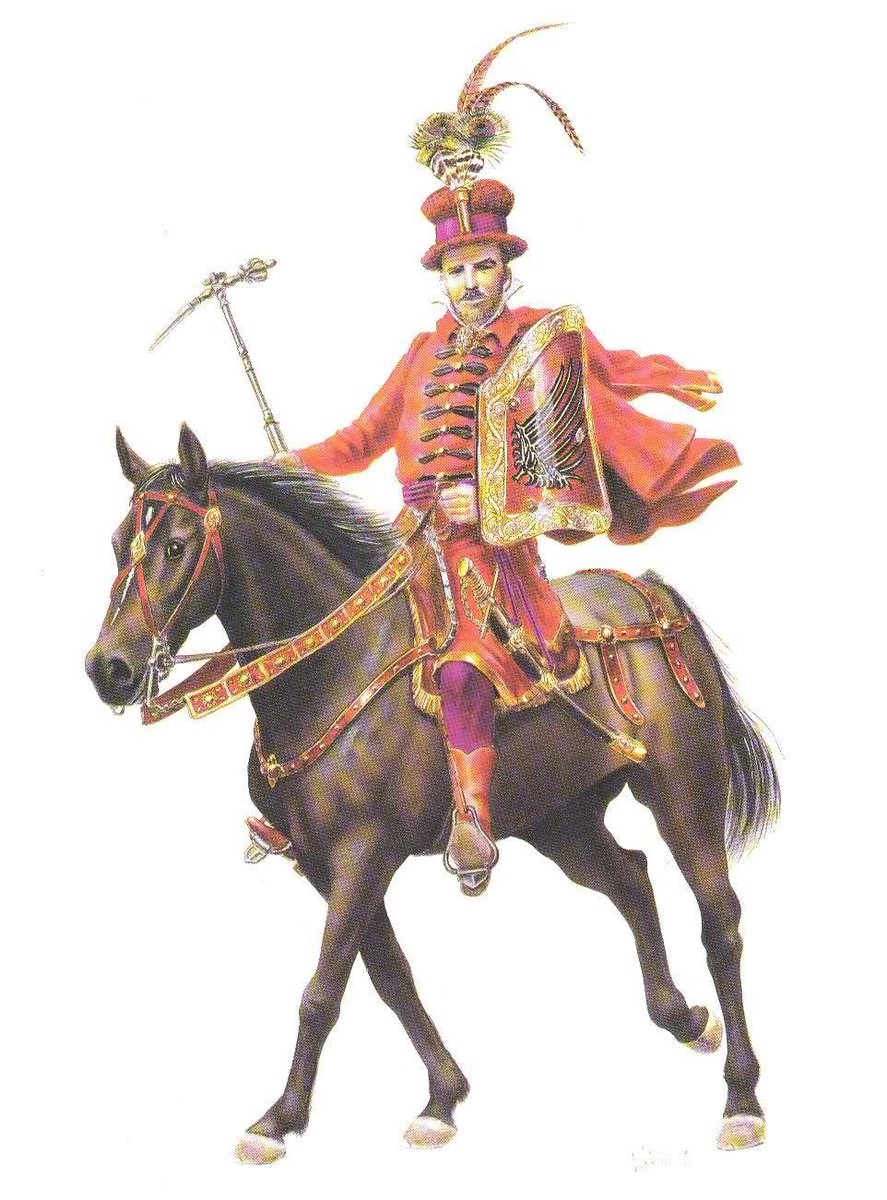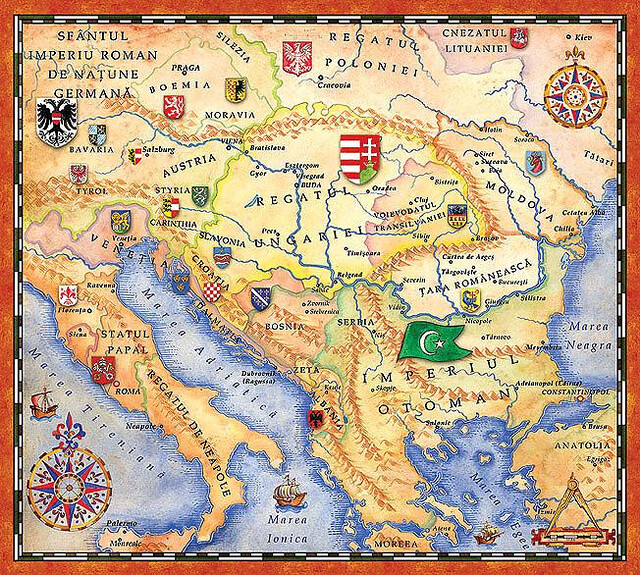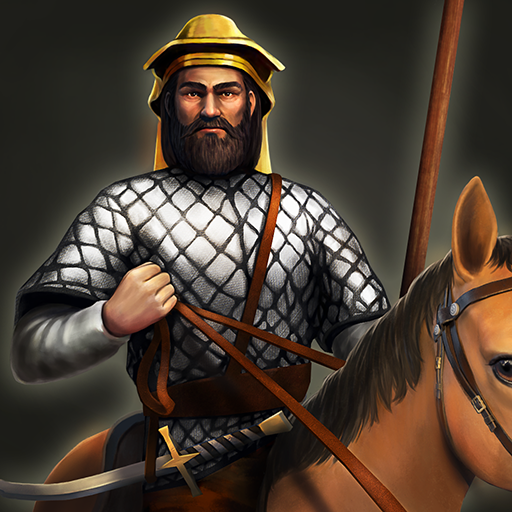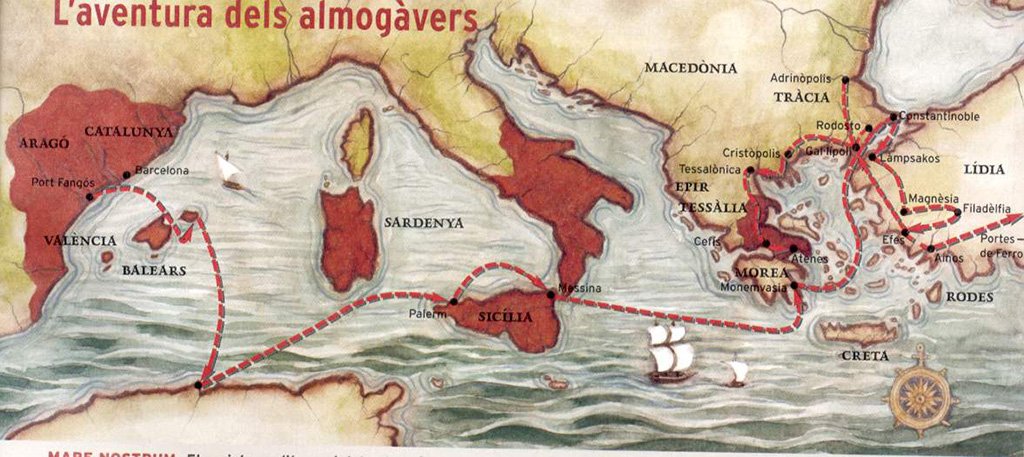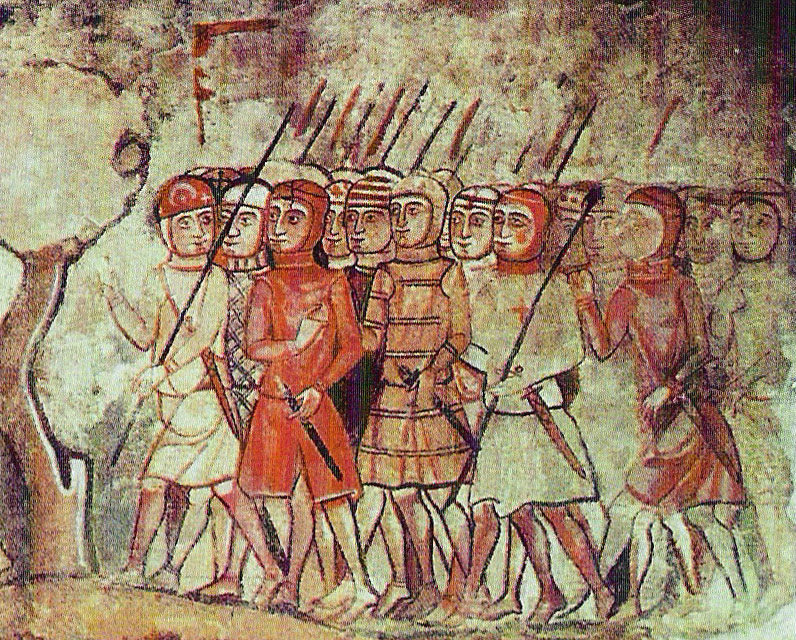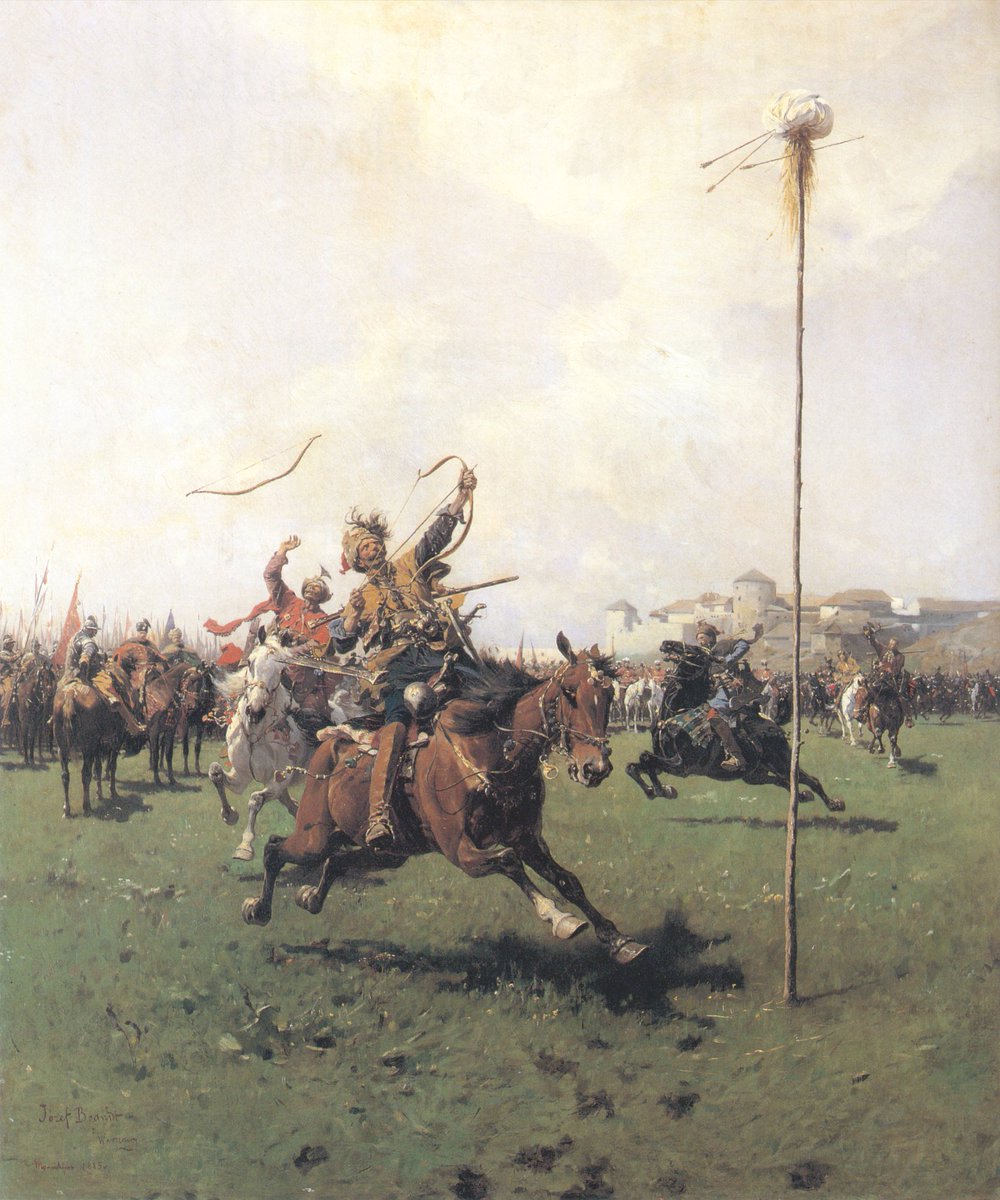
The Venetian Crusade of 1122-24! This is a largely forgotten crusade that happened between the first and second crusade. A very important campaign led by Doge Domenico Michiel that asserted Venetian naval dominance and ended in crusader conquest of the ancient city of Tyre! 
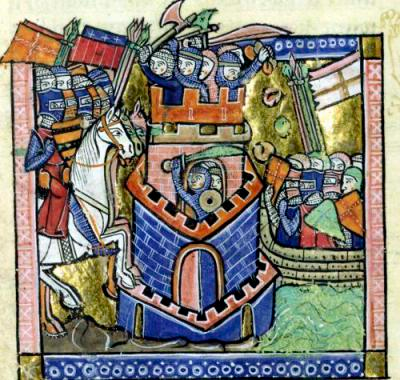
In the 11th century, Republic of Venice was developing into a naval superpower and started spreading its power all over the eastern Mediterranean, establishing control over overseas territories, which became part of the Venetian Domini da Mar (Domains of the Sea). 
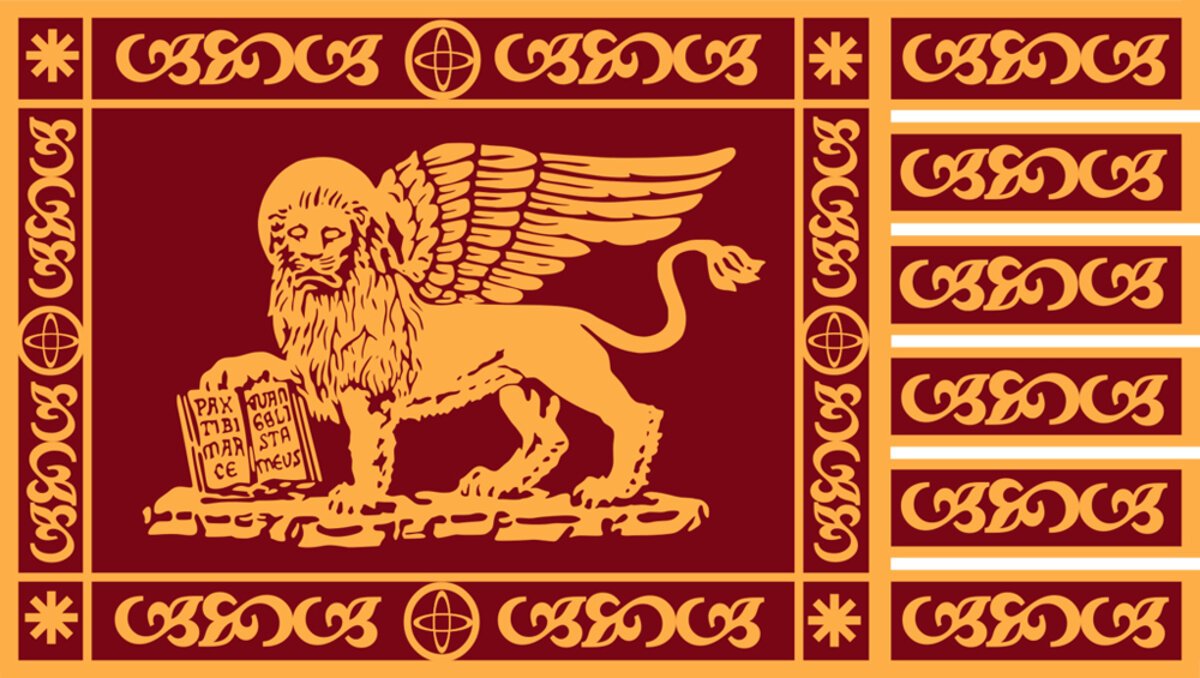
Venice became powerful and wealthy through its trade, but also through its underrated military might of the Venetian navy. As Venice tried to control the seas of Levant, the Byzantines and Mohammedans became their rivals and enemies. Venetian confronted them in a crusade! Venice: 
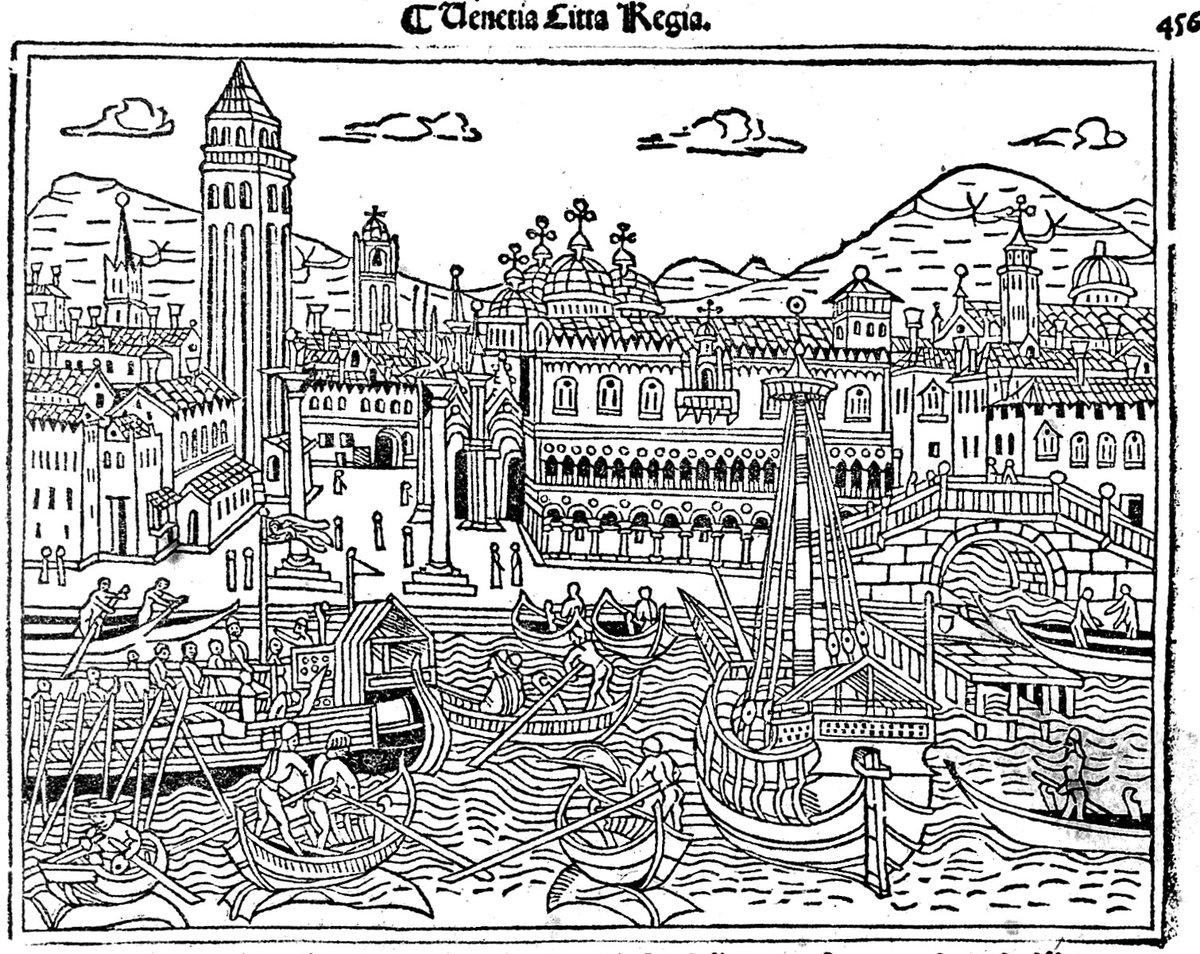
Thus in 1122, the mighty Venetian Doge Domenico Michiel (who was already briefly involved in first crusade in 1099) launched a crusade with a large fleet. According to William of Tyre this fleet had 40 galleys and 28 larger galleys for warfare, and 4 huge ships for transport. 
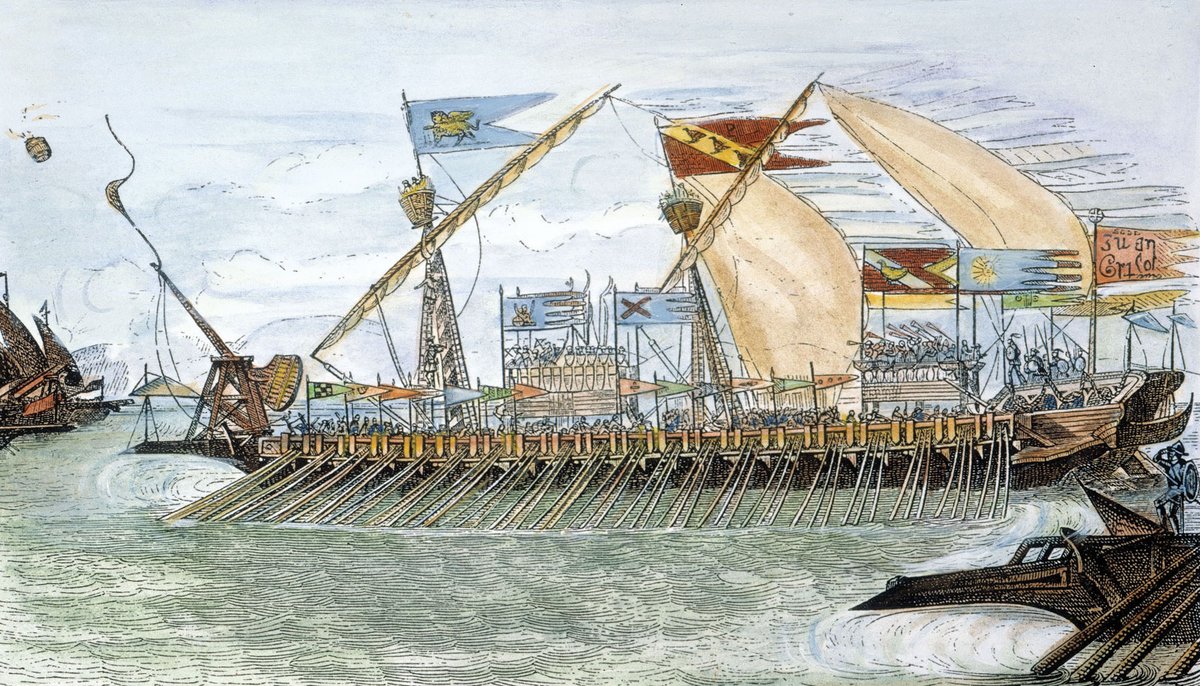
Most of the crusaders who joined were Venetians but there were also likely other Europeans. The crusade was blessed by Pope Callixtus II who sent the Venetians vexillum sancti Petri, the papal banner traditionally presented to those who fought in wars with papal approval. 
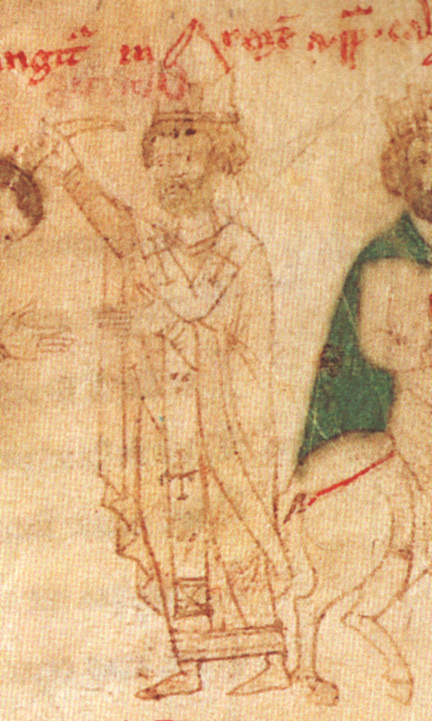
The crusade would start with an attack on the Byzantines as their new emperor John II Comnenus didn't honor the trade agreement made by Alexios. Venetians therefore in 1122 besieged the island of Corfu which they had conquered for the Byzantines and wanted to take it back. 
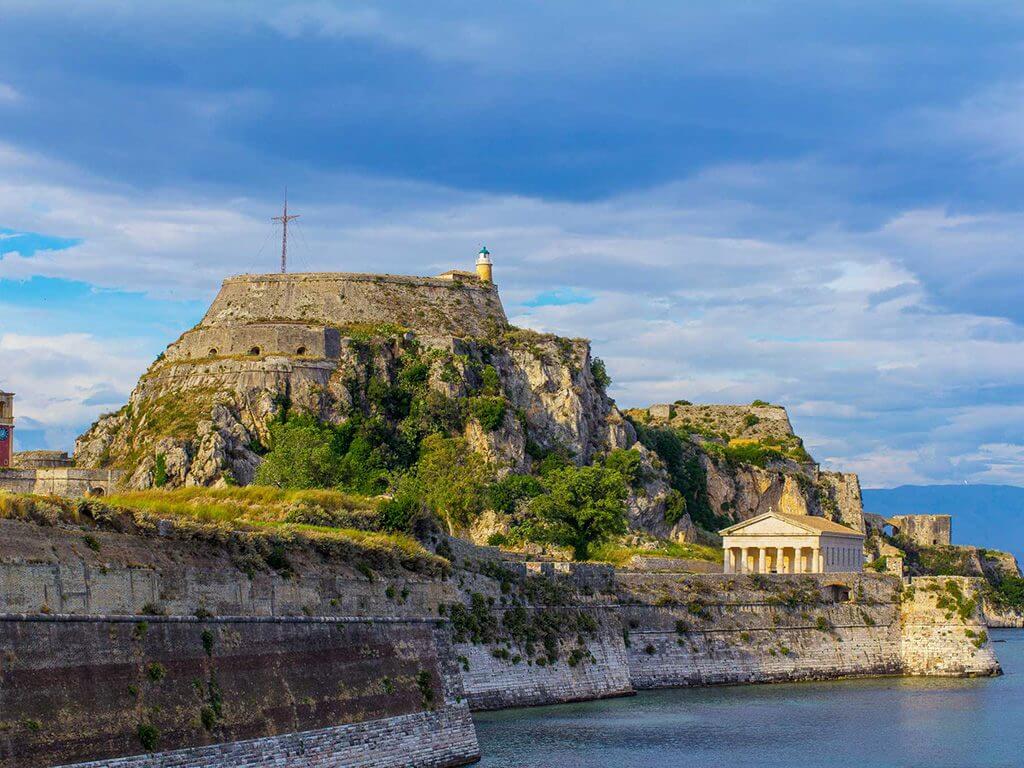
The next year Venetians abandoned the siege as they heard that King Baldwin II of Jerusalem had been captured by the Muslim prince Belek of Kharput. They sailed to the Holy Land and reached it in May 1123. A big naval battle with the Mohammedan Egyptian fleet would soon follow! 

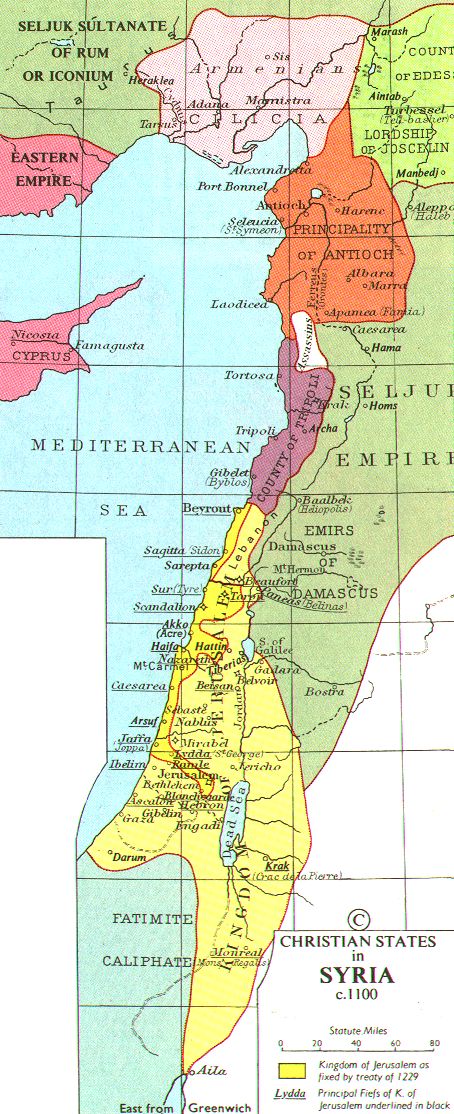
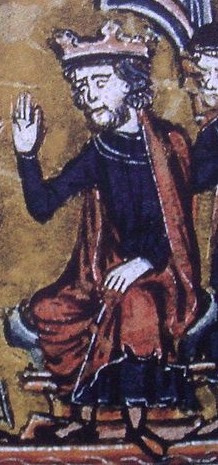
The fierce naval battle between Venetians and Egyptians off Ascalon: In this bloody encounter, Venetians completely destroyed the Egyptian fleet. William of Tyre reports, "the victors were completely covered with the blood of the slain... By the will of God, Venetians conquered!" 
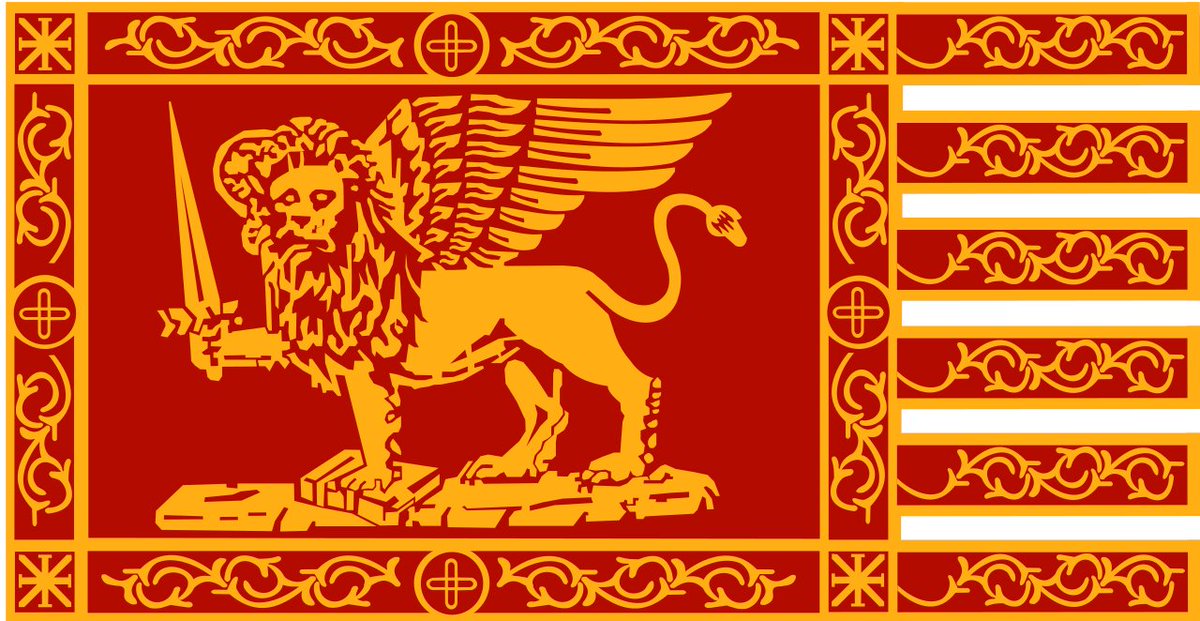
Next, the fleet sailed for Tyre, completely encircling it. With help from the Franks on land, the Venetians continued the siege for more than a year. Tyre at last surrendered on July 7, 1124! The city was not looted as they reached an agreement which was part of the surrender. 
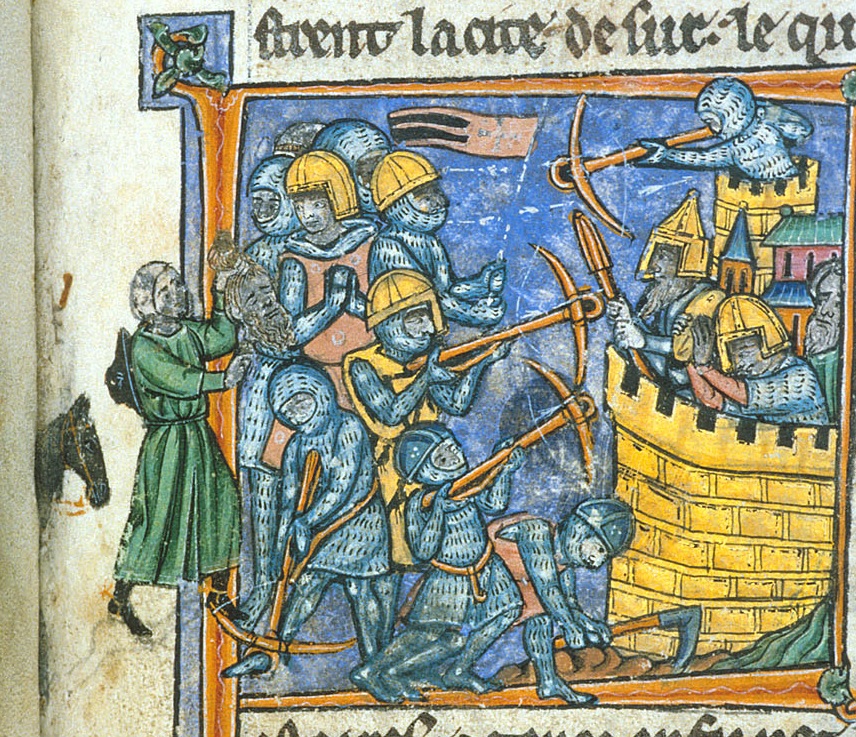
Baldwin II who was released later that year granted the Venetians extensive commercial privileges in Tyre which ensured that their naval presence in the crusader Levant. Venetian naval dominance would play a crucial role in future crusades for transport and Venice would get rich. 
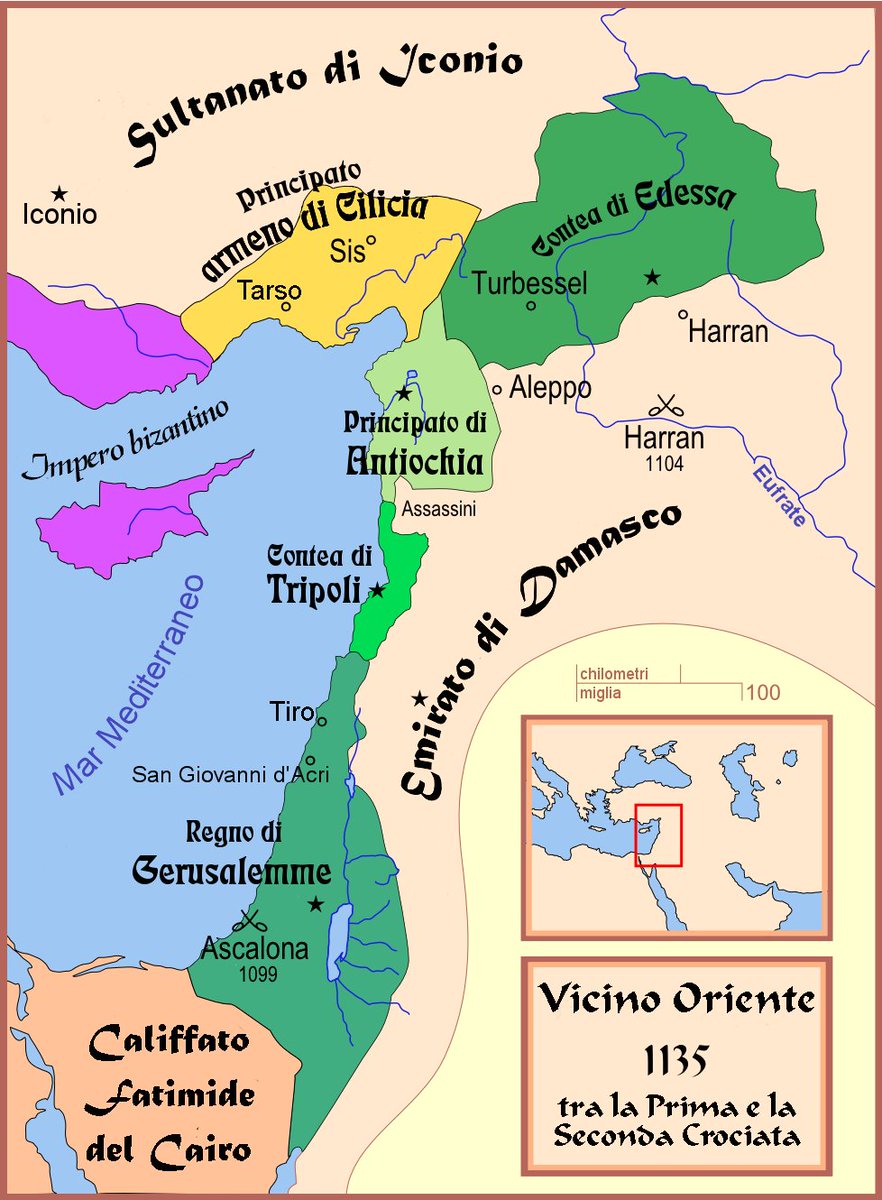
Thus the Venetian crusade of 1122-24 was successful! The Venetian Doge Domenico Michiel triumphantly returned to Venice in June 1125 as a glorious crusader who conquered in the Holy Land and a Venetian hero who also weakened the hostile Greeks. 

We see that the hostilities between Venice and Byzantium were old and crusades have been used to settle them already before the Fourth Crusade. Text on Domenico Michiel's tomb describes him: "terror Graecorum... laus Venetorum" (Terror to the Greeks... praise from the Venetians). 

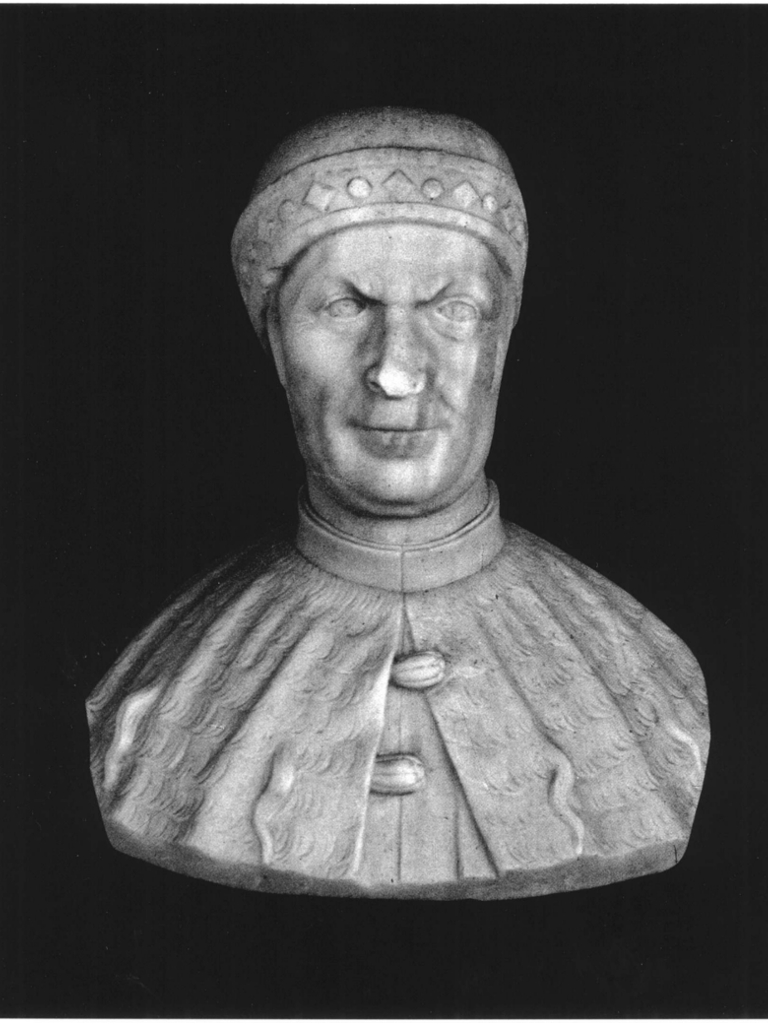

• • •
Missing some Tweet in this thread? You can try to
force a refresh


